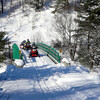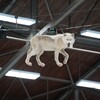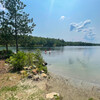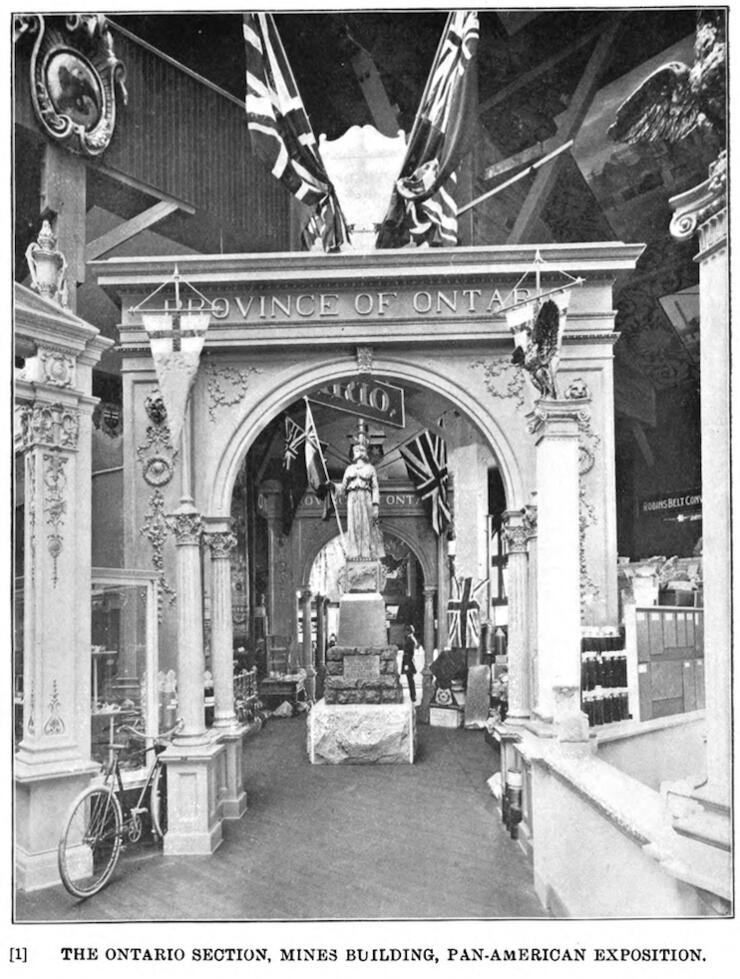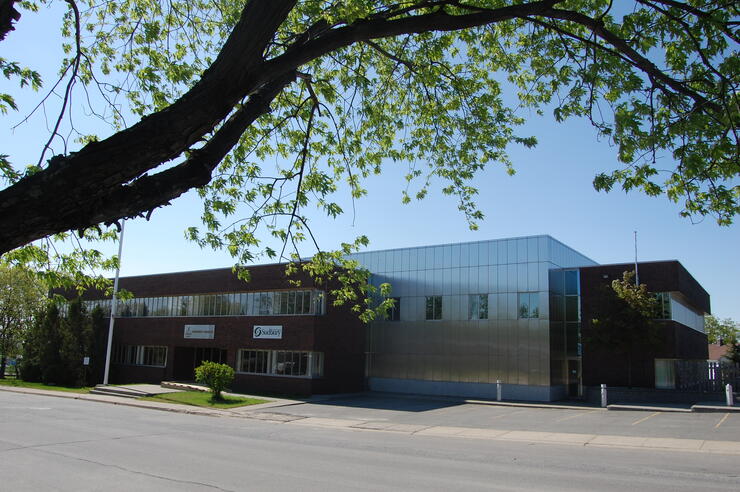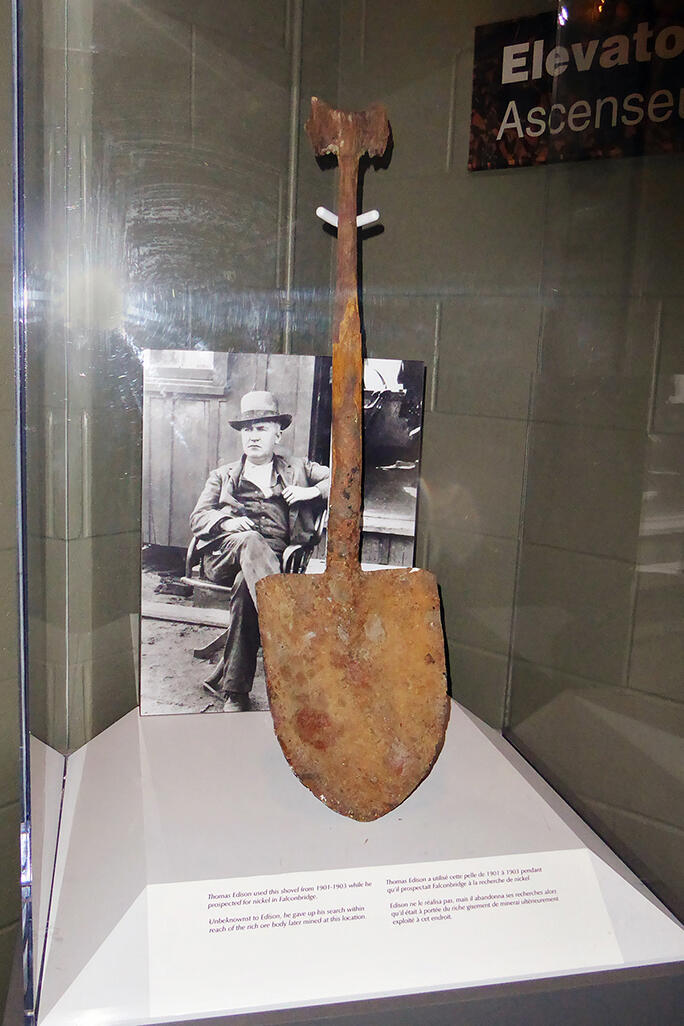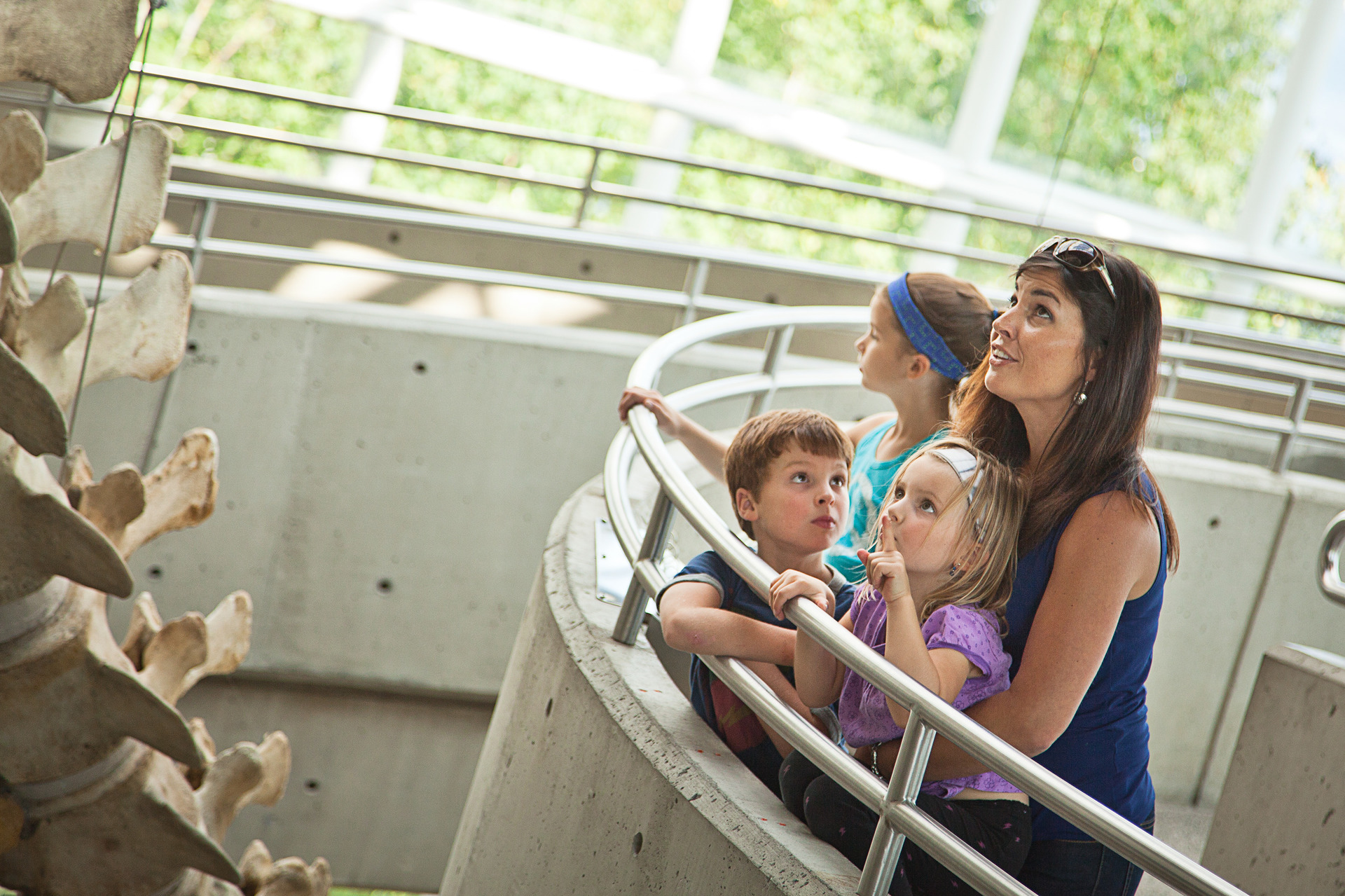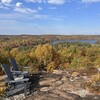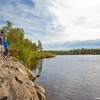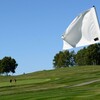
The Hidden History of Thomas Edison in Canada
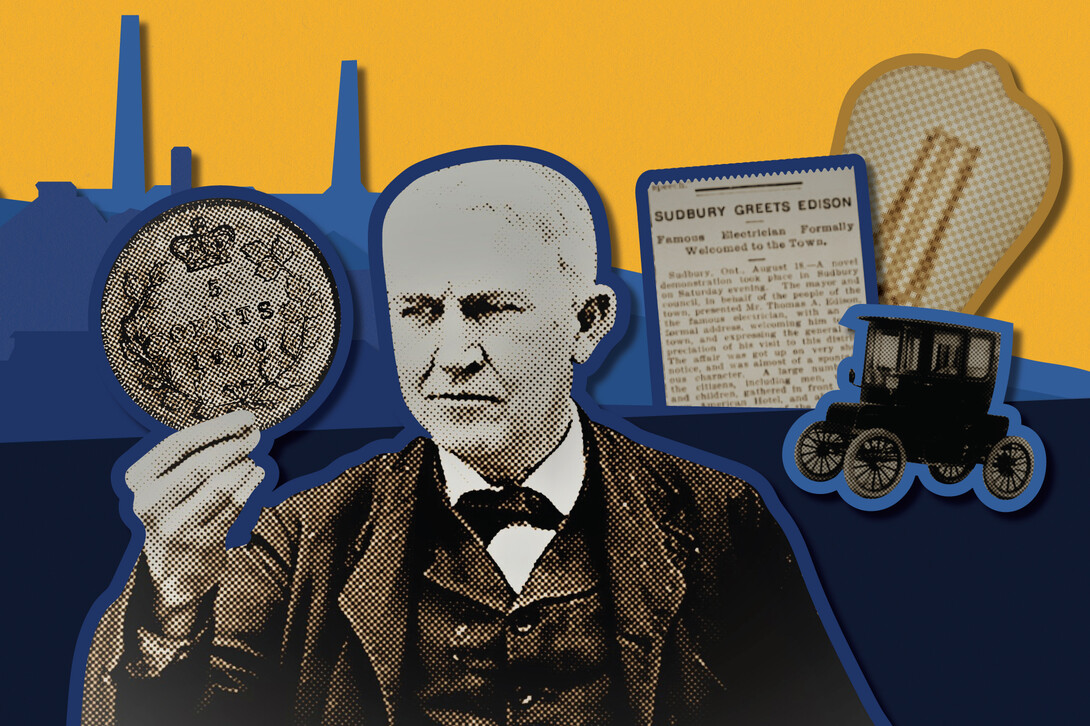
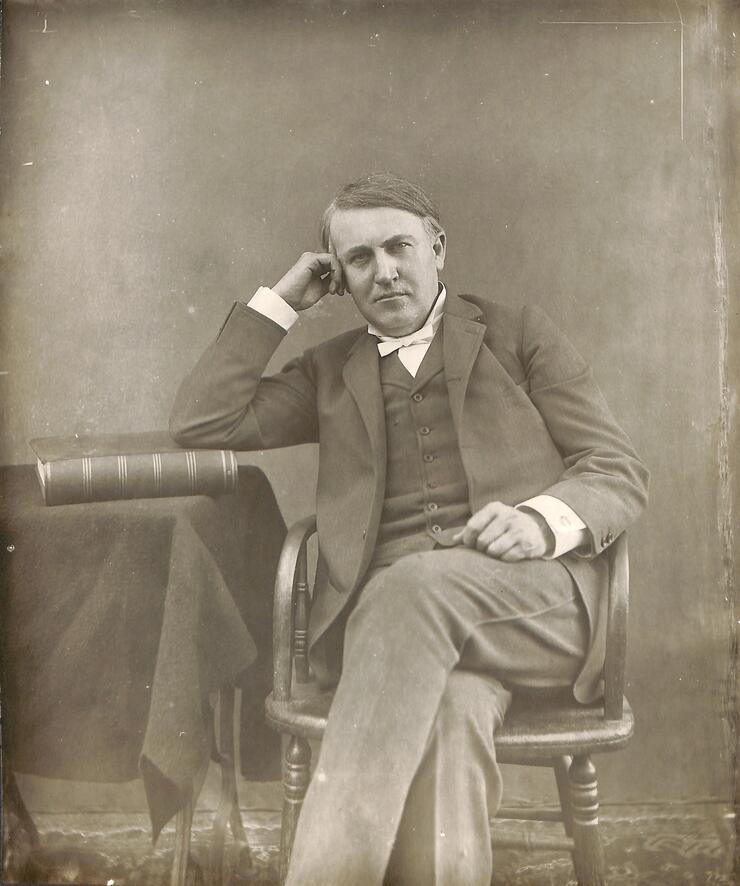
Portrait of Thomas Edison, seated, elbow resting atop book, 1893 // Photo credit: U.S. National Park Service, No claim to original U.S. government works
Great American inventor Thomas Edison visited Sudbury in the early 1900s. He was on the hunt for large quantities of nickel. But why? Find out what brought Edison to this area, what remains from his visit, and why he was *almost* Canadian.
In Sudbury, nickel is king. All over town, there are odes to the silvery-white metal, from places like the Nickel Refillery to the iconic 9-metre tall attraction known as the Big Nickel—it's everywhere. But Sudbury is not just any nickel town. The area was geologically blessed with one of the world’s richest deposits of nickel, that’s believed to have resulted from a comet striking the Earth some 1.8 billion years ago. Nickel mining has been huge for decades here, and it’s no surprise that Sudbury is known as the Nickel Capital of the World.
What may surprise you, though, is an inventor who staked a claim here – only one of the most famous American inventors of all time, Thomas Edison.
FAMILY TIES
Edison’s visit to Northern Ontario in 1901 was not the inventor’s first time in the province. As a kid, Edison came up from Ohio to visit his grandfather, Samuel Edison, a Nova Scotian who moved to Southwestern Ontario in 1811. Captain Edison ended up in Vienna, a small village that many believe he named himself. It’s a big claim to fame for this community north of Lake Erie, and anyone here will tell you exactly where his grandfather’s farmhouse once stood and perhaps a story they heard about young Edison’s time there.
Edison would likely have been born in Vienna, too, if it were not for his father’s involvement in political affairs. Samuel Junior fled to the United States following his participation in the Rebellion of 1837, a failed attempt to overthrow the colonial government. As it happens, Milan, Ohio, is the lucky birthplace of Thomas Edison.
EDISON’S VISIT TO SUDBURY
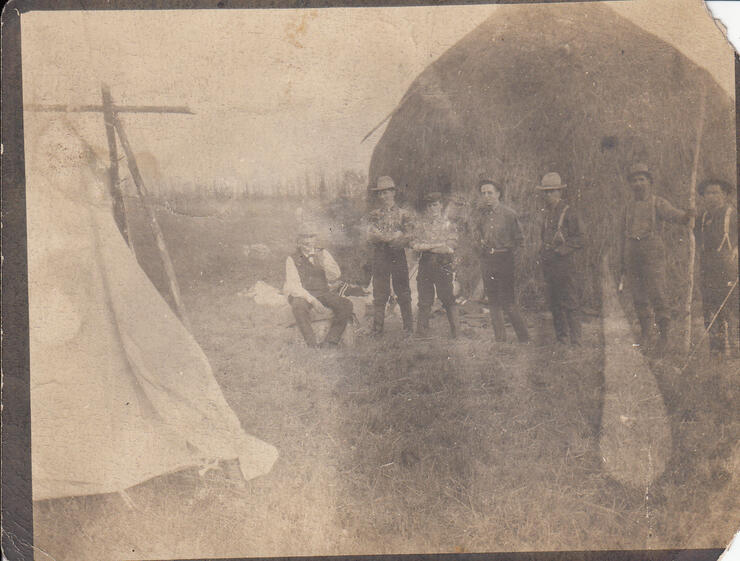
Thomas Edison seated with prospectors searching for nickel and cobalt in Canada, 1901. // Photo credit: U.S. National Park Service, No claim to original U.S. Government works
So, what brought Edison to Sudbury? In a word: automobiles. In the 1890s, electric cars were a novel mode of transport in the United States. But there was a big problem with the batteries. They were heavy and made of a lead-acid combination that corroded quickly. Always ahead of the curve, Edison searched for metals that could create a superior battery. After many tests, he discovered that nickel was one of them.
Now, this is where Sudbury comes in. By the late 1800s, nickel mining had taken off and the area was heavily promoted in Canadian and American newspapers. The light bulb (pardon the pun) went off for Edison in 1901 when he attended the Pan-American Exposition in Buffalo, NY. Wandering through the Mines building, Edison came across a display describing the vast reserves of nickel and graphite in Sudbury. Edison wasted no time and planned a trip north.
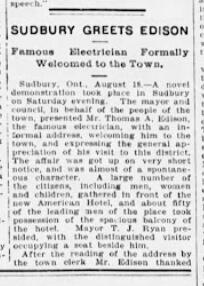
In August 1901, Edison arrived with a team in Sudbury. It was, of course, a big deal in town. In a letter to his wife, Edison described being welcomed on the veranda of his hotel by the Mayor (then T. J. Ryan) and leaders of the town. Edison rented an office on Larch, a small street in downtown Sudbury.

Edison staked a claim several miles northeast of Sudbury in Falconbridge Township. Several times in the next couple of years, Edison tried valiantly to sink a shaft but could not bypass the quicksand. Edison shut down operations after spending a significant amount of money on the project.
AFTER EDISON
If only Edison had dug a little deeper, he would have made a massive discovery. A few years later, the E. J. Longyear Company (and others) found nickel several feet below. Edison had missed the jackpot by a matter of feet. Falconbridge Nickel Mines Ltd., established in the same area in 1928, became one of the world’s largest nickel producers. Today, Glencore’s Sudbury Integrated Nickel Operations owns the site, including Edison’s old mining claim.
FINDING EDISON TODAY

Sudburians love their connection to the great American genius, and they’ve kept alive his memory throughout the city. The most obvious tribute is Edison Road that starts in the community of Falconbridge, anchored at the head office of Glencore. It’s pretty amazing to think that Edison walked around here somewhere with hopes and dreams of the future swirling in his head.
A couple of blocks away on Lindsley Street is a modern structure known for years as the Thomas Edison building. Once the head office of Falconbridge, it’s now the home to the City of Greater Sudbury Archives. You can make an appointment to view holdings such as this 1941 film, which has some neat old shots of the Falconbridge townsite.
For those eager to learn more about Edison’s visit, Sudbury’s Main Public Library is a great place to start. Here you’ll find his 1902 lease agreement with the Commissioner of Crown Land. Down the road at Science North is Nickel City Stories, a multimedia theatre at Dynamic Earth that’s expected to reopen in February 2022. During the multimedia film, a semi-transparent image discusses hundreds of regional history and mining stories including Edison’s visit. A neat artifact to see in person is a shovel that Edison used many moons ago.
Plan your visit to Thomas Edison's Sudbury today
Visit Discover Sudbury for more information and to plan your trip.
Recommended Articles

Sustainable Sudbury: An Eco-Friendly Guide To Travel
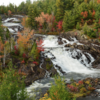
Experience the Group of Seven in Sudbury, Ontario
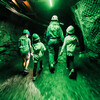
Rock On: Exploring Sudbury’s Impact Crater, Shatter Cones, and Geological Wonders
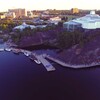
Why Conferences are Better in Sudbury, Ontario
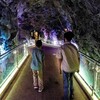
Why Sudbury is the Perfect Weekend Getaway
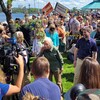
Discover Sudbury's Most Iconic (and Easy to Visit) Movie & TV Locations

An Insider's Guide to Sudbury

A Shoresy Lover's Guide to Sudbury
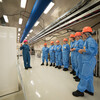
This Underground Lab in Sudbury Is Studying the Smallest Particle in the World
Sudbury Festivals 2025

Sudbury’s Best Bike Rides

4 Indigenous Experiences in Sudbury: Shops, Galleries, and Adventures
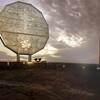
How Long Does It Take to Clean Sudbury's Big Nickel?
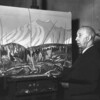
The Sudbury Art Heist

11 Must-See Murals in Sudbury, Ontario




